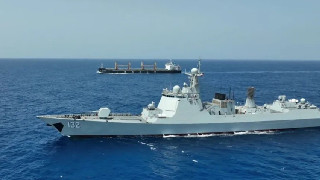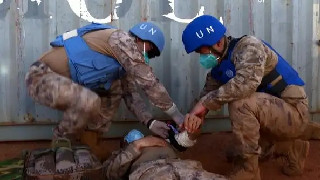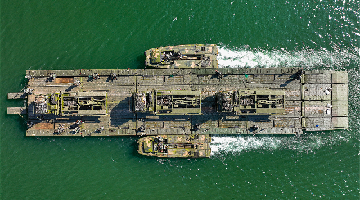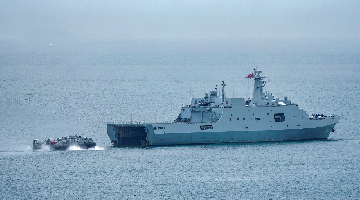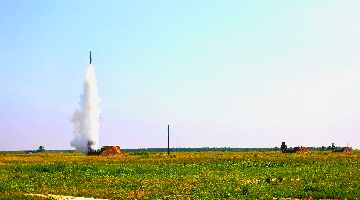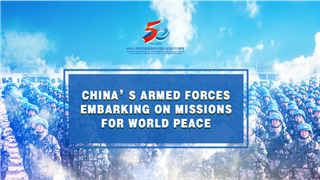
By Fang Xiaozhi
On July 5, Finland and Sweden formally signed the NATO accession protocol at the NATO headquarters. The protocol would be approved by NATO member states in accordance with their own procedures as regulated.
Since World War II, Finland and Sweden have adopted a neutral stance. Following the Russia-Ukraine conflict, Western nations led by the US continued to overstate the “Russia Threat,” leading the two nations to forsake their neutrality stances and apply for NATO membership. From the application’s submission in May to the signing in July, the quick progress of Finland and Sweden in joining the NATO cannot be separated from the active promotion of the US.
In the view of the US, Finland and Sweden both have an important geographic position as well as formidable military capabilities. Promoting the two nations to join NATO can strengthen NATO’s military capabilities overall and expand its strategic space significantly to the north, which will make the dominant nation, the US, have more clout when it comes to Russia.
The US has openly praised and supported it numerous times since Finland and Sweden submitted their applications. It can be said that the positive attitude of the US presses the fast-forward button for the process of the two nations joining NATO.
The US has made every effort to remove barriers to Finland and Sweden's entrance into NATO in order to support their speedy membership. At first, Turkey was adamantly opposed to the joining of Finland and Sweden on the grounds that both nations supported the PKK. But at the invitation of the US, Stoltenberg convened four-party discussions and signed a memorandum with the leaders of Turkey, Finland, and Sweden on June 28. It was made plain that Finland and Sweden would no longer support the PKK, the Syrian Kurdish YPG force, the “Gülen movement,” and other terrorist organizations when
The US has also given ground on topics like removing Turkey’s sanctions for the acquisition of Russian-made S-400 air defense missile system, allowing Turkey to resume its F-35 fighter aircraft program, and enhancing the F-16 fighter jets’ technological capabilities. They relented on the subject of Finland and Sweden joining NATO because the interest demands were essentially met.
Notably, Russia did not react as strongly as anticipated to the quick move by Finland and Sweden. According to foreign media, Russian President Vladimir Putin reportedly stated in an interview that Finland and Sweden's membership in NATO won't directly threaten Russia. Russia will not take countermeasures against the two nations as long as they do not permit NATO to deploy troops and military infrastructure on their territories.
Analysts said that Russia made this step because Finland and Sweden are in northern Europe and have a little less advantageous strategic location than those in Eastern Europe. The major objective of Russia in the current context of constrained overall national power is to block NATO’s eastward expansion. Finland and Sweden, on the other hand, have generally favorable views of Russia. There isn't a complicated ethnic entanglement between the two sides, save from a few historical factors. Russia aspires to prevent the spread of contradictions in these conditions by fostering stability in its relations with the two nations.
Regardless of whether Finland and Sweden let NATO station troops on their territories, joining NATO will have an effect on the continent's security architecture in the long run, making Russia's security situation in Europe even more challenging. As its defense force in northern Europe is relatively weak, NATO ardently anticipates that Finland and Sweden’s participation will help to close the defense gap in northern Europe, bring about the “NATOization” of the continent, and bolster the deterrence capability against Russia.
Therefore, the US-led NATO will not give up its efforts to deploy military forces in the two nations regardless of how Finland and Sweden feel. The US even might order the deployment of offensive weapons and equipment, including tactical nuclear bombs, on the territories of the two nations in the following step. This will put Russia’s security space at risk, intensifying the conflict between Russia and NATO.
(The author is an associate professor at the School of International Relations, National University of Defense Technology)




